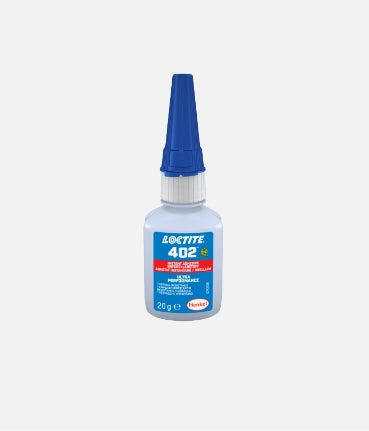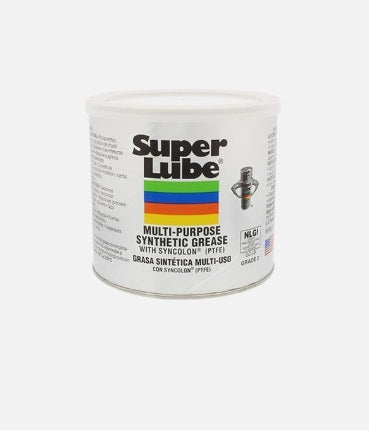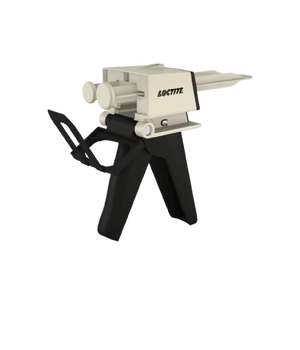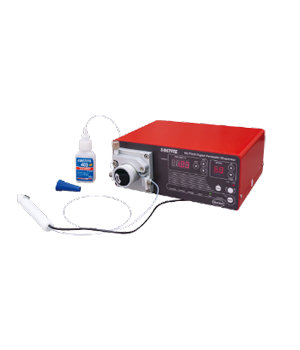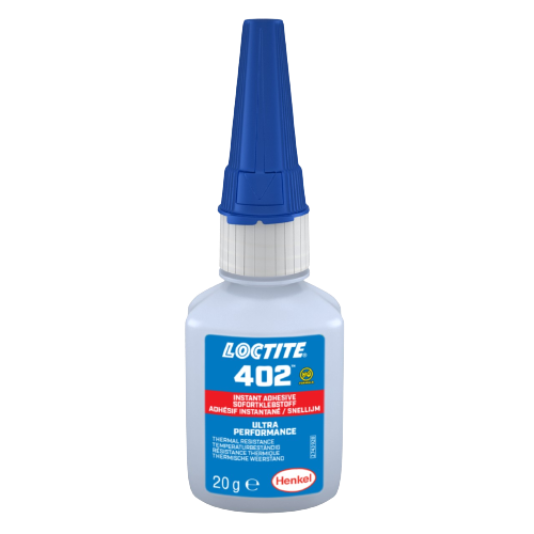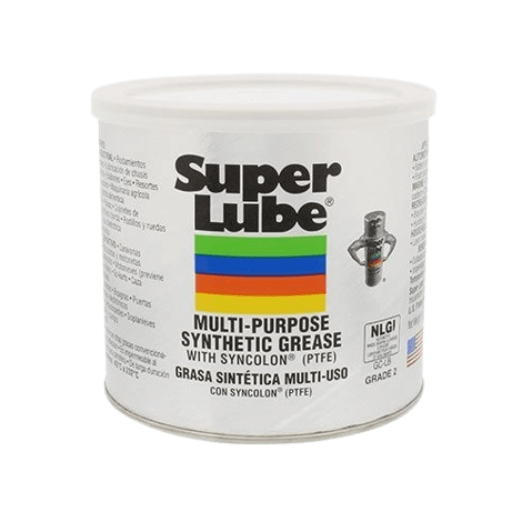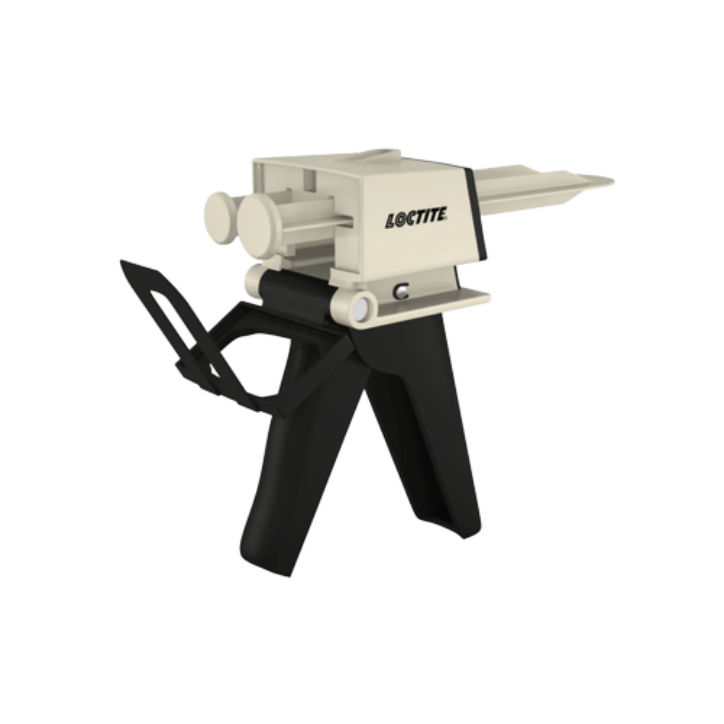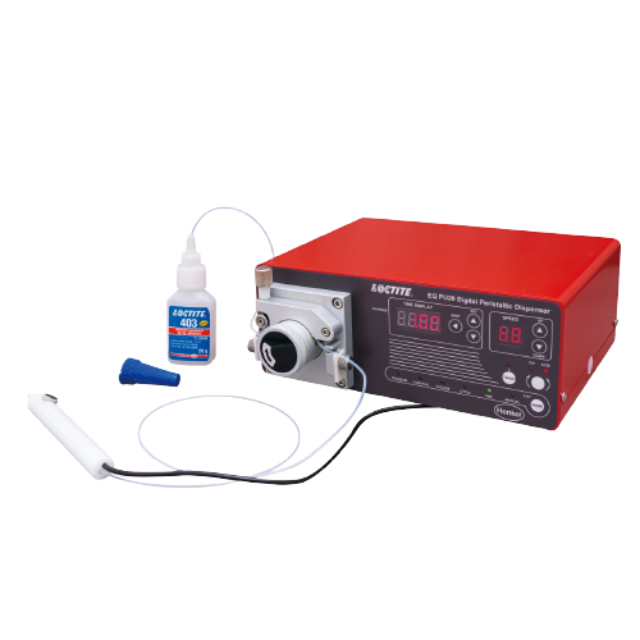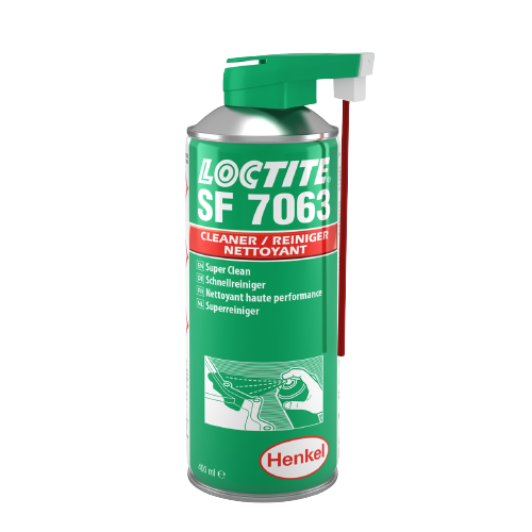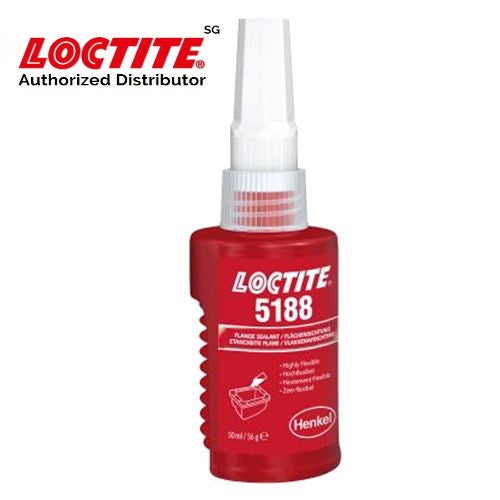
Loctite 5188 High Flexible Flange Sealant
Description
*Indent item
5188™ is a form-in-place gasketing product. It is
designed for use on rigid metal flanged connections, such as
gearboxes and engine casings, particularly where minor oil
contamination of the flange surfaces can occur. It cures
between close fitting metal surfaces in the absence of air and is
particularly suitable for use on aluminum substrates where very
good adhesion is achieved. It also provides resistance to low
pressures immediately after assembly (instant seal). This
product may be dispensed by hand or robotically with the
appropriate LOCTITE®
product conditioning and dispensing
systems.
Anaerobic sealants have the ability to resist low on-line test
pressures while uncured. This test was performed with uncured
product immediately after assembly of a glass plate and an
annular zinc dichromate flange before cure occurred. The
pressure was maintained for 1 minute.
The rate of cure will depend on the substrate used. The graph
below shows the shear strength developed with time on grit
blasted mild steel lap shears compared to different materials
and tested according to ISO 4587.
The rate of cure will depend on the bondline gap. The following
graphs show the shear strength developed with time on grit
blasted mild steel and aluminum lap shears at different
controlled gaps and tested according to ISO 4587.
The rate of cure will depend on the ambient temperature. The
graphs below show the shear strength developed with time at
different temperatures on grit blasted mild steel and aluminum
lap shears and tested according to ISO 4587.
Where cure speed is unacceptably long due to large gaps,
applying activator to the surface will improve cure speed.
However, this can reduce ultimate strength of the bond and
therefore testing is recommended to confirm effect.
An annular shaped gasket with an inner diameter of 50 mm
and an external diameter of 70 mm was tested up to 1.3 MPa
for leakage (immersion in water for 1 minute).
This product is not recommended for use in pure oxygen
and/or oxygen rich systems and should not be selected as
a sealant for chlorine or other strong oxidizing materials.
For safe handling information on this product, consult the
Safety Data Sheet (SDS).
Where aqueous washing systems are used to clean the
surfaces before bonding, it is important to check for
compatibility of the washing solution with the adhesive. In
some cases these aqueous washes can affect the cure and
performance of the adhesive.
This product is not normally recommended for use on plastics
(particularly thermoplastic materials where stress cracking of
the plastic could result). Users are recommended to confirm
compatibility of the product with such substrates.
LMS dated November-18, 2008. Test reports for each batch
are available for the indicated properties. LMS test reports
include selected QC test parameters considered appropriate to
specifications for customer use. Additionally, comprehensive
controls are in place to assure product quality and
consistency. Special customer specification requirements may
be coordinated through Henkel Quality.
Store product in the unopened container in a dry location.
Storage information may be indicated on the product container
labeling.
Optimal Storage: 8 °C to 21 °C. Storage below 8 °C or
greater than 28 °C can adversely affect product properties.
Material removed from containers may be contaminated during
use. Do not return product to the original container. Henkel
Corporation cannot assume responsibility for product which
has been contaminated or stored under conditions other than
those previously indicated. If additional information is required,
please contact your local Technical Service Center or
Customer Service Representative.
Read More
Read Less
Loctite 5188 Medium Strength High Flexible Flange Sealant
*Indent item
- Tensile Shear Strength : 7 N/mm²
- Temperature : -65 - 300 °F
- Viscosity : 14000 - 32000
- Key Substrates : Metal: Aluminum, Metal: Steel
- Color : Red
- Curing Type : Anaerobic
- Application : Sealing
LOCTITE 5188 is a highly flexible sealant which cures when confined in the absence of air between close-fitting metal surfaces. It is designed for use on rigid metal flanged connections, particularly where minor oil contamination of the flange surfaces can occur. The product is particularly suitable for use on aluminum substrates where very good adhesion is needed. It ensures an instant, low-pressure seal. For sealing rigid flange faces on transmissions and motor casings.
- Ideal for sealing all kinds of rigid metal flanges, especially aluminum flanges
- Excellent in demanding applications
- Excellent chemical resistance, highly flexible
- Superior adhesion, can tolerate slight oil contamination on the flange surface
5188™ is a form-in-place gasketing product. It is
designed for use on rigid metal flanged connections, such as
gearboxes and engine casings, particularly where minor oil
contamination of the flange surfaces can occur. It cures
between close fitting metal surfaces in the absence of air and is
particularly suitable for use on aluminum substrates where very
good adhesion is achieved. It also provides resistance to low
pressures immediately after assembly (instant seal). This
product may be dispensed by hand or robotically with the
appropriate LOCTITE®
product conditioning and dispensing
systems.
Instant Sealing Capability
Anaerobic sealants have the ability to resist low on-line test
pressures while uncured. This test was performed with uncured
product immediately after assembly of a glass plate and an
annular zinc dichromate flange before cure occurred. The
pressure was maintained for 1 minute.
TYPICAL CURING PERFORMANCE
Cure Speed vs. Substrate
The rate of cure will depend on the substrate used. The graph
below shows the shear strength developed with time on grit
blasted mild steel lap shears compared to different materials
and tested according to ISO 4587.
Cure Speed vs. Bond Gap
The rate of cure will depend on the bondline gap. The following
graphs show the shear strength developed with time on grit
blasted mild steel and aluminum lap shears at different
controlled gaps and tested according to ISO 4587.
Cure Speed vs. Temperature
The rate of cure will depend on the ambient temperature. The
graphs below show the shear strength developed with time at
different temperatures on grit blasted mild steel and aluminum
lap shears and tested according to ISO 4587.
Cure Speed vs. Activator
Where cure speed is unacceptably long due to large gaps,
applying activator to the surface will improve cure speed.
However, this can reduce ultimate strength of the bond and
therefore testing is recommended to confirm effect.
Sealing Capability
An annular shaped gasket with an inner diameter of 50 mm
and an external diameter of 70 mm was tested up to 1.3 MPa
for leakage (immersion in water for 1 minute).
GENERAL INFORMATION
This product is not recommended for use in pure oxygen
and/or oxygen rich systems and should not be selected as
a sealant for chlorine or other strong oxidizing materials.
For safe handling information on this product, consult the
Safety Data Sheet (SDS).
Where aqueous washing systems are used to clean the
surfaces before bonding, it is important to check for
compatibility of the washing solution with the adhesive. In
some cases these aqueous washes can affect the cure and
performance of the adhesive.
This product is not normally recommended for use on plastics
(particularly thermoplastic materials where stress cracking of
the plastic could result). Users are recommended to confirm
compatibility of the product with such substrates.
Directions for use:
- For best performance bond surfaces should be clean and
free from grease. - The product is designed for close fitting flanged parts.
- LOCTITE®
automatic dispensing equipment is
recommended for best results. Application by screen
printing, roller coating or bead dispense can also be
achieved manually. - To obtain best results, each application should be
evaluated under the specific conditions anticipated for
dispensing, performance and durability of the parts. - Low pressures (<0.05 MPa, psi) may be used when
testing to confirm a complete seal immediately after
assembly and before curing. - Flanges should be tightened as soon as possible after
assembly to avoid shimming.
Loctite Material Specification
LMS dated November-18, 2008. Test reports for each batch
are available for the indicated properties. LMS test reports
include selected QC test parameters considered appropriate to
specifications for customer use. Additionally, comprehensive
controls are in place to assure product quality and
consistency. Special customer specification requirements may
be coordinated through Henkel Quality.
Storage
Store product in the unopened container in a dry location.
Storage information may be indicated on the product container
labeling.
Optimal Storage: 8 °C to 21 °C. Storage below 8 °C or
greater than 28 °C can adversely affect product properties.
Material removed from containers may be contaminated during
use. Do not return product to the original container. Henkel
Corporation cannot assume responsibility for product which
has been contaminated or stored under conditions other than
those previously indicated. If additional information is required,
please contact your local Technical Service Center or
Customer Service Representative.

Loctite 5188 High Flexible Flange Sealant
Sale price$0.00
Regular price (/)
Products and Adhesive / Sealant
Categories
Loctite
Products Brand

